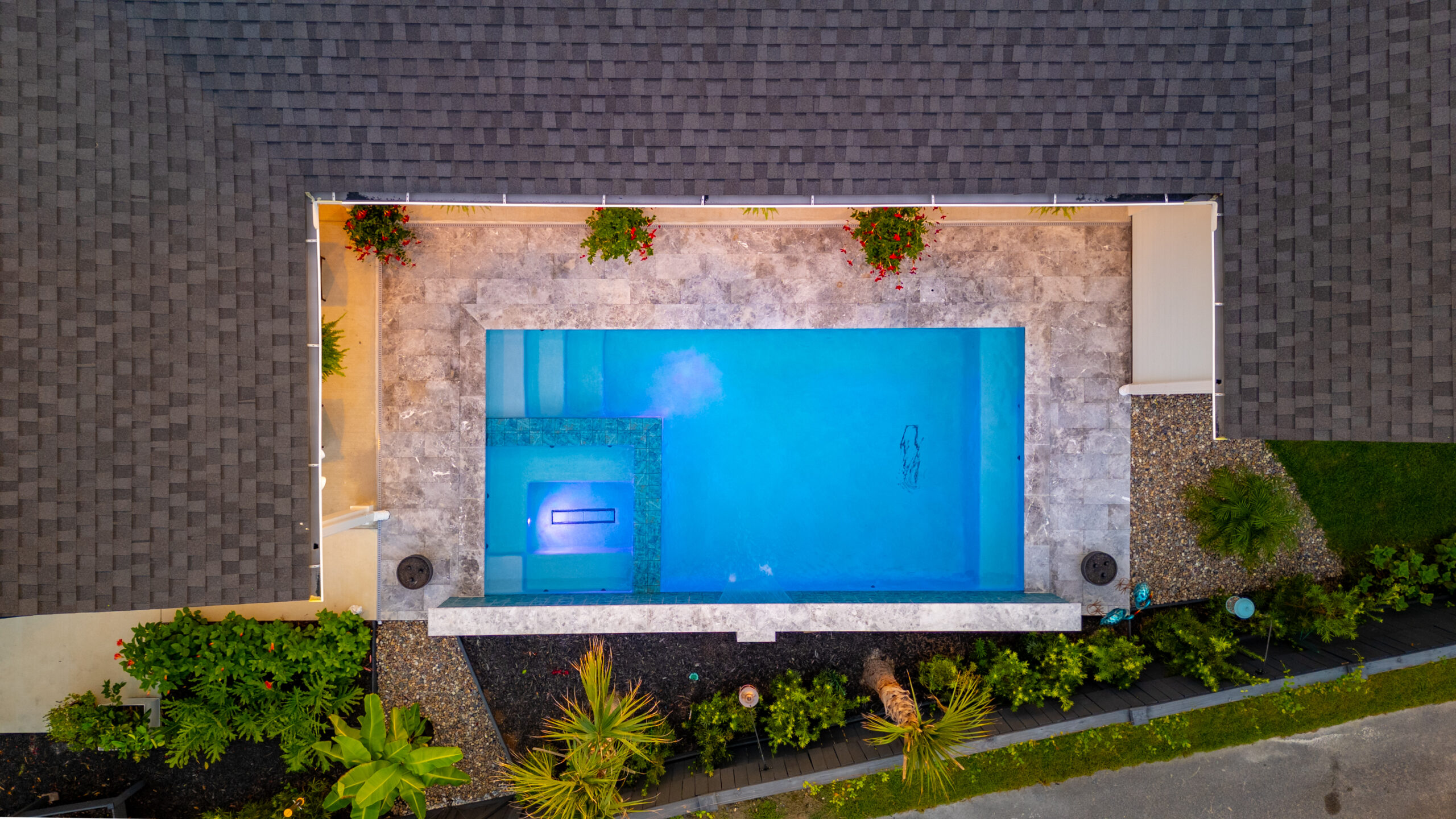How to Shock Your Pool (and When)
Restore Water Clarity and Sanitation—The Right Way
Shocking your pool isn’t just a deep clean—it’s essential maintenance. This high-dose chlorination breaks down contaminants that regular levels can’t handle, keeping your water crystal clear and safe for swimmers.
What Does “Shocking” Mean?
Shocking (also called superchlorination) involves adding a concentrated dose of chlorine or non-chlorine oxidizer to eliminate:
- Bacteria and algae
- Chloramines (the byproducts that cause strong chlorine odor)
Organic contaminants from sweat, sunscreen, and debris
When to Shock Your Pool
While every pool is different, these are the most common times to shock:
- Once a week during peak swim season
- After heavy pool use (parties, long weekends, etc.)
- After rainstorms or strong winds that introduce debris
- When water looks cloudy or has a strong smell
At pool opening and before winterizing
How to Shock Your Pool
- Test your water to check baseline chlorine and pH
- Choose your shock: Cal-hypo for a quick boost, dichlor for stabilized needs, or non-chlorine for lighter treatment
- Add shock in the evening, when sunlight won’t break it down
- Run your pump overnight to circulate the treatment
Wait until chlorine levels return to normal before swimming

Pro Tip: Keep It Consistent
Regular shocking prevents buildup and reduces the risk of algae blooms—especially important in Charleston’s warm, humid climate.
Heritage Pools offers weekly service plans that include routine shock treatments, ensuring your water stays clean and inviting all season long.
Swim Here. Stay Clear.